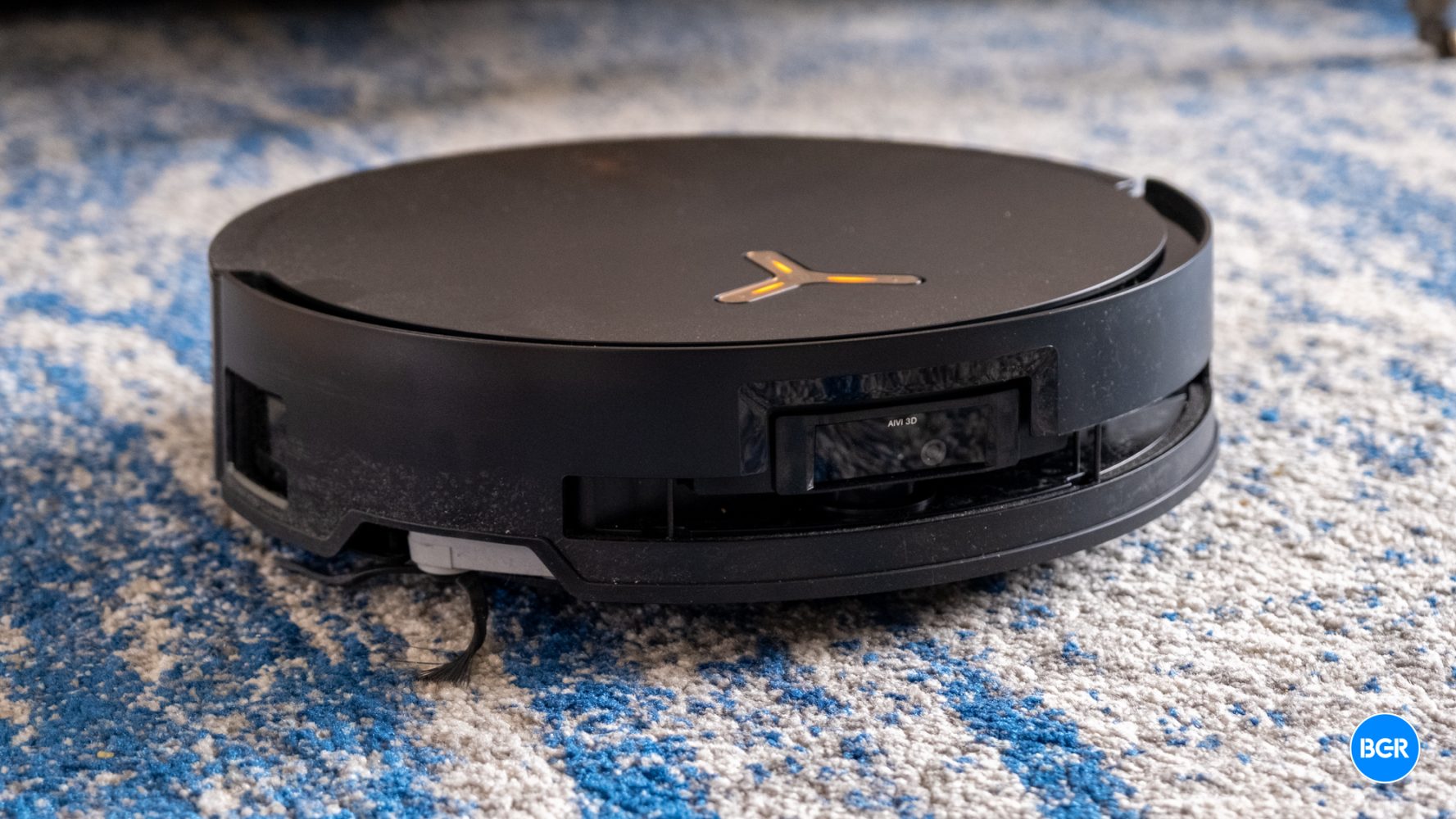Renewable energy is reshaping the global power sector , introducing a wave of technological advancements designed to enhance efficiency, reliability, and sustainability. In this article, we explore groundbreaking innovations in energy integration, as discussed by Panchajanya Mysarla , whose work in renewable energy integration highlights cutting-edge developments that are setting the stage for a cleaner energy future. AI came to be the cornerstone in reducing uncertainty in energy generation forecasts based on renewable resources.
AI techniques are also adopted in training forecasting models through deep learning algorithms for meteorological data, past energy series, and satellite images to make forecast predictions better. By observing the above new-age tools, energy operators would be able to get a glimpse of the ups and downs of power availability so as to continue ensuring grid stability and reducing wastage. Using neural networks and machine learning systems has greatly reduced the prediction errors on forecasting to making the real-time decisions on energy dispatch and storage.

Changing from conventional power networks to smart grids has opened many opportunities for energy distribution. Smart grids include real time monitoring, automated control and adaptive response against varying energy demands. These power system utilize predictive algorithms to manage power flows for efficient energy distribution avoiding losses in transmission.
Consumers are also supported by smart meters and decentralized energy management tools in energy consumption practices hence getting them into more resilient grids. Even renewable sources along with cybersecurity protocols through the integration of blockchain technology ensure grid and reliability together with sustainability among the communities connected to the network. Virtual Power Plants (VPPs) emerged as energy distribution phenomena by connecting decentralized energy supply systems into one single entity.
Such platforms aggregate small-scale electricity producers like residential solar panels or battery storage systems operating as one power supply. VPP enhances grid stability and maximizes renewable energy usage through the dynamic balancing of energy supply and demand. Surplus energy can then be traded by consumers under a new energy economy to decentralize and democratize energy production.
One of the biggest hurdles in renewable energy integration is the intermittent nature of solar and wind power. Recent advancements in battery storage technology have significantly improved energy retention capabilities, making large-scale renewable adoption more feasible. High-capacity lithium-ion batteries now boast increased efficiency and longer lifespans, while emerging technologies like flow batteries and compressed air energy storage provide extended storage durations.
These innovations are crucial in bridging the gap between energy production and consumption, ensuring a consistent power supply even during periods of low renewable generation. Blockchain technology is disrupting the traditional energy market by facilitating peer-to-peer energy trading. Through secure and transparent digital ledgers, consumers can directly buy and sell excess renewable energy without relying on centralized utilities.
Smart contracts ensure automated transactions, reducing overhead costs and increasing the accessibility of renewable energy. This decentralized approach fosters local energy markets and promotes fair pricing, making renewable energy more competitive and attractive for both producers and consumers. The integration of automation in energy grids has led to significant improvements in reliability and efficiency.
Self-healing grid technology, powered by artificial intelligence, enables real-time fault detection and correction, reducing power outages and minimizing disruptions. Automated load balancing mechanisms distribute electricity more efficiently, reducing grid congestion and improving power quality. With AI-driven automation, energy networks can respond dynamically to fluctuations, ensuring a stable and adaptive power supply.
Rapid technological innovation in renewable energy receives the most government backing and most sustained investment. Governments and industry stakeholders are honing in on research and development in smart grid technologies, energy storage, and decentralized energy systems. The rapid transition toward a sustainable energy system can now be catalyzed by policymakers through innovation-friendly regulatory environments and incentives for clean energy deployment.
International collaboration is also paramount since shared information and resources could lead to cost reduction and enhanced efficiency of nascent technologies. Thus, integrating renewable energy into the mainstream grid is no longer an intangible dream but an ongoing process propelled by technological advances. Be it AI-assisted forecasting and intelligent grid management or decentralized energy trading and automated grid systems, these innovations are, in the words of Panchajanya Mysarla, constantly refining the energy landscape.
Continuous investment in cutting-edge solutions and policy support will be required to realize a fully sustainable, resilient energy future. Embracing these innovations will take the world one step closer to carbon neutrality anchored in clean, intelligent, and efficient energy systems..
















